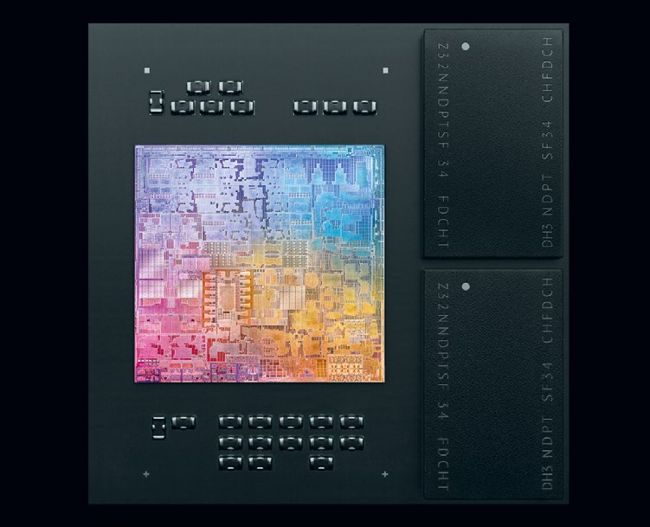Unified memory
Discover the secret to the incredible performance behind the M1 Macs
YOU WILL LEARN
What unified memory is and why it helps to make M1 Macs so fast.
KEY FACT
In Intel Macs, the processor, graphics card and system memory are separate (although some Macs also have integrated graphics). With the M1 system on a chip (SoC) they’re all part of the same substrate. That means the GPU and CPU can access the same memory in the same location at the same speeds, avoiding the bottlenecks of traditional PC design.

In traditional PCs, the CPU, GPU and RAM are separate. In an M1, they’re all in the same substrate.
APPLE’S NEW M1 Macs introduce a new kind of Mac processor and a new kind of memory too. Apple calls it Unified Memory Architecture (UMA), and it’s one of the reasons M1 Macs are so incredibly fast.
Since the earliest PCs, the core of the system has been modular. You have a processor at the center, and it sends data to and from system memory and to the graphics card. In recent years, third–party graphics cards have effectively become mini–computers in their own right, with ever faster GPUs and bigger memory, and often price tags to match. For example, the Nvidia GeForce RTX 3090 has 24GB of 19,500MHz GDDR6X memory and a price tag of around $2,500.